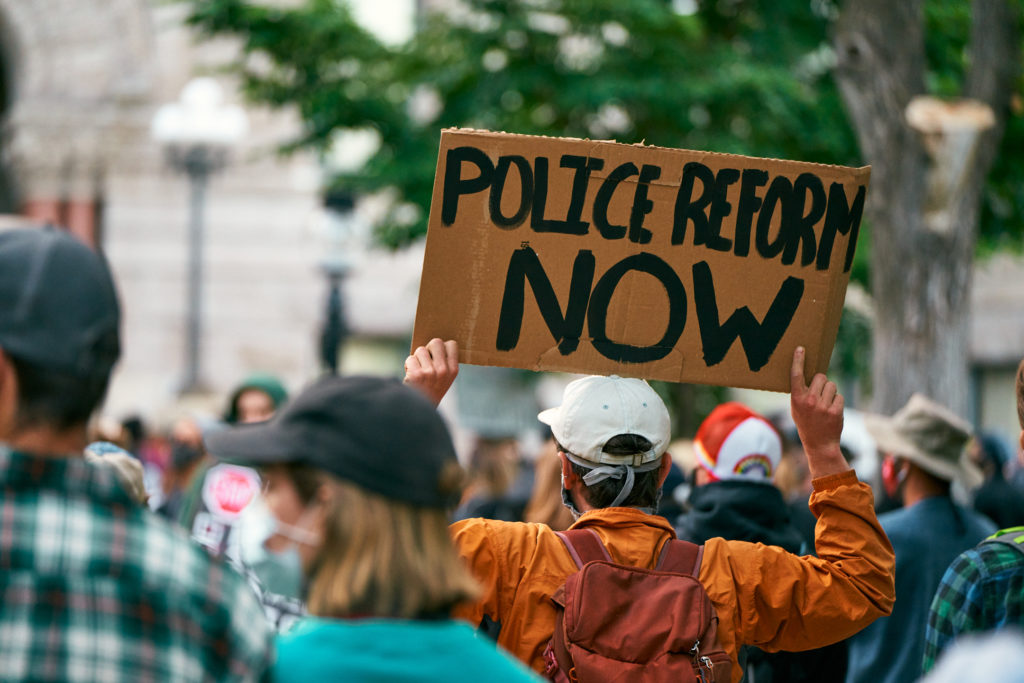Leer en español: La Policía de Provo: ¿a qué dedica su tiempo?
Calls to defund the police are ringing across the country, and Provo is no exception.
The city’s 2020-21 fiscal year budget was approved and will provide 1.5% less funds than originally proposed to all departments, except the police and fire departments. The full budget is $292 million, and a little over $18 million will go to the police.
According to the Daily Herald, the council received 39 online comments about defunding the police and three people called to express their thoughts on the matter.
Public information officer Sgt. Nisha King said the police will continue to work as normal.
“Ultimately we’re here to serve our community, and so we’ll continue to do so until any kind of decision is made otherwise,” King said. “The safety of our community is paramount over anything that is being said.”
Many of those calling for defunding are focused on reexamining police responsibilities and reallocating funds. One of the residents who participated in the City Council meeting asked the city to create an exploratory committee to examine what can be improved in the way the police officers spend their time.

Cities around the country are looking at how to adapt or replace police department responsibilities with other forms of problem-solving, according to an article by NBC news. Alex Vitale, a sociology professor at Brooklyn College who wrote the popular book “The End of Policing,” told NBC News that police reform will be a long process, but that it starts with taking a look at general funding.
“People are trying to figure out what kind of society would be possible that doesn’t rely on police and prisons to solve its problems, and that’s a long-term political vision that is important to this movement,” Vitale told NBC News.
A Provo City Council newsletter sent out on July 14 stated that many people have reached out to talk about potential police reform. The newsletter stated the process for examining reform options is underway but that it shouldn’t be rushed.
“This is a time for restraint and calm. Let us avoid rushing to judgment and allow our police to do their work of investigation and of protecting our safety and liberties,” the newsletter said.
The Daily Universe sent a request to the Provo Police Department to see a list of what types of calls the department typically responds to as a way of examining how Provo police officers spend their on-duty time. This isn’t a perfect portrayal of time spent, since some calls may take longer to respond to than others, but it can give a general idea.
The department provided a list of all the calls responded to from the beginning of 2015 through the end of June 2020. The calls are organized into seven categories: violent crime, traffic, responding to non-criminal calls, property crimes, proactive, other crime, and medical or other.

The large majority of calls are non-criminal calls. Abandoned calls, or calls where a 911 caller hangs up before any information is given, are included in this category along with other miscellaneous calls, such as those dealing with wild animals, missing persons and impounded vehicles.
The violent crime category consists of all rape, aggravated assault, robbery, and homicide calls and makes up less than 2% of calls responded to each year.
This is consistent with a New York Times article published on June 19, which showed data from several cities around the country, most of which showed that less than 2% of the calls responded to so far this year were for violent crimes. In New Orleans, Sacramento, and Montgomery County, Maryland, police were shown to spend about 4% of their time on violent crimes.







